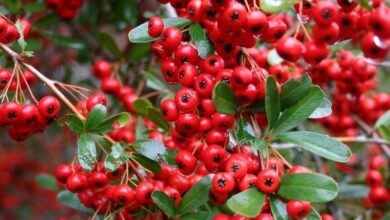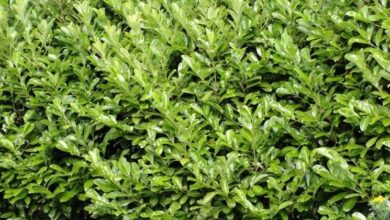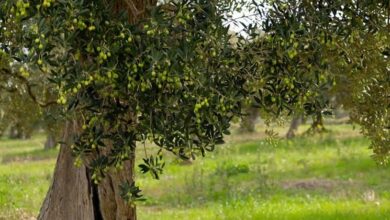Cornus alba

Cornus alba watering and spraying
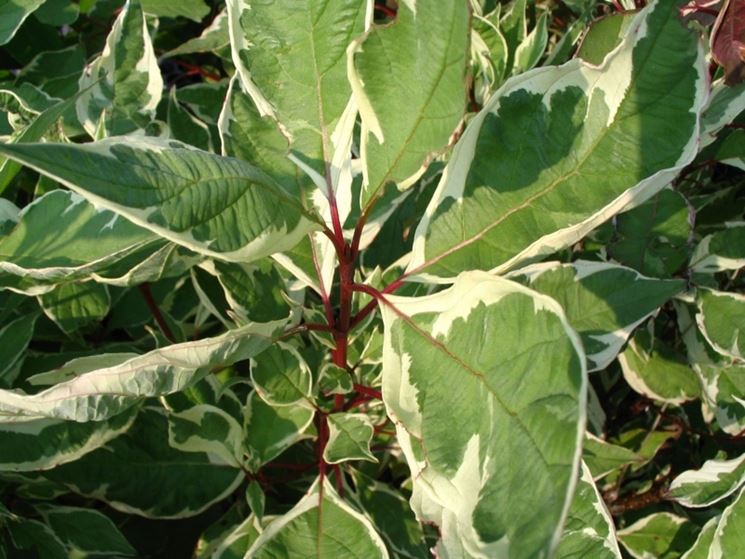
The Cornus alba is normally placed in open air spaces, parks and flower beds, however it can also find accommodation in pots of considerable size and capacity. Its growth will be sudden and constant, up to approximately 2 meters in height. While adapting without difficulty to any type of soil, it will prefer a moist soil, slightly acidic and not compact, with organic substances and sufficiently drained. With the arrival of spring days, the ornamental plant must be subjected to vigorous pruning, substantially consisting in cutting and eliminating all the aged or worn branches. This practice will allow the shrub to show off new foliage with ever more vivid and brilliant colors.
Fertilization and fertilization of the plant

Regarding the intake of the right and targeted nutrients, the shrub plant expresses ordinary and not excessive needs to be fertilized. Fertilization must be concentrated above all in the spring period, preferably on a weekly basis, with appropriate reduction or even suspension of the administration in the remaining part of the year. Liquid fertilizer, dissolved in the spraying water, or the solid, granular organic fertilizer with gradual and programmed release, can be used indifferently. The chosen fertilizer will be specific for Cornus alba, or generic for acidophilic plants, and contain mainly nitrogen and potassium components to the detriment of the remaining phosphate macro-component, in addition to the no less relevant microelements,
Cornus alba: Exposure and recognizable pathologies
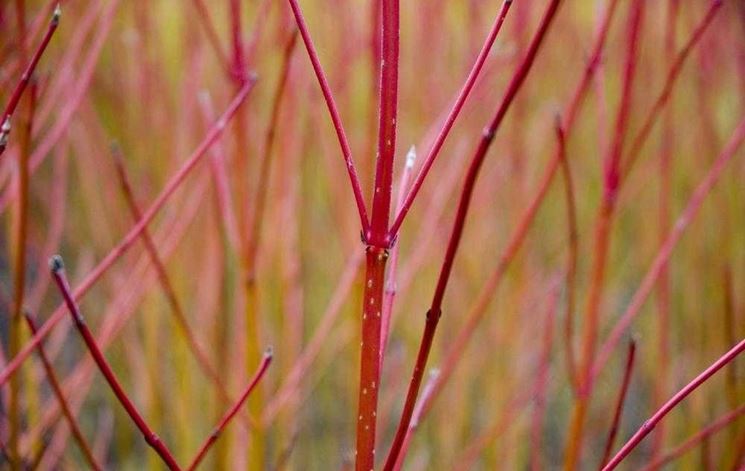
The decorative plant will be placed in a bright and sunny environment, with desirable direct exposure to the sun’s rays, nevertheless it will be able to find good accommodation in partially shady places, especially in torrid periods. Of resistant and rustic temper, it will tolerate harsh climatic conditions, up to many degrees below zero. In conclusion, Cornus alba may be attacked by harmful insects and parasites, such as spider mites and aphids, as well as subject to some cryptogamic pathologies, including powdery mildew. It is a disease that is due to an excess of environmental humidity and that affects the shoots and foliage of the shrub, leading it to rapid decay and withering. The contrast will be entrusted to natural remedies or sulfuric composition fungicides.

